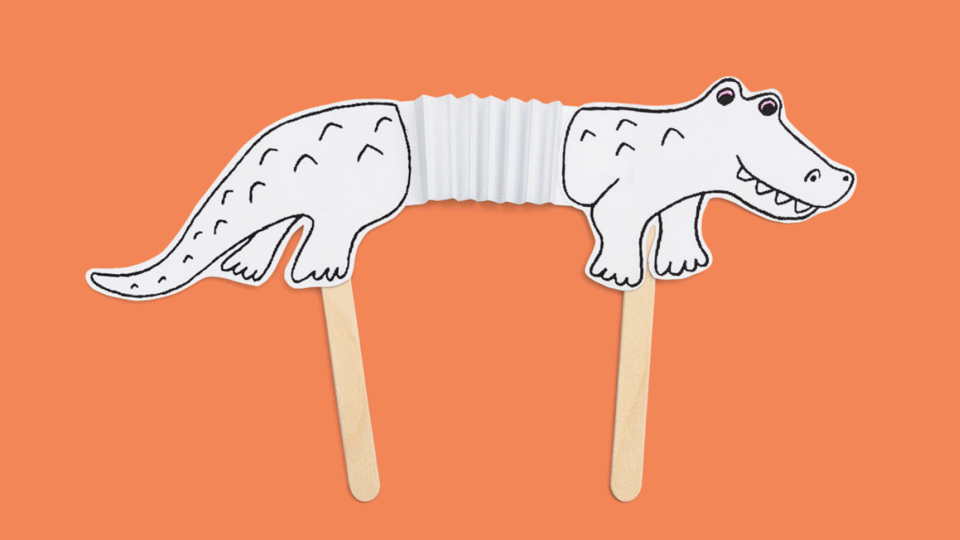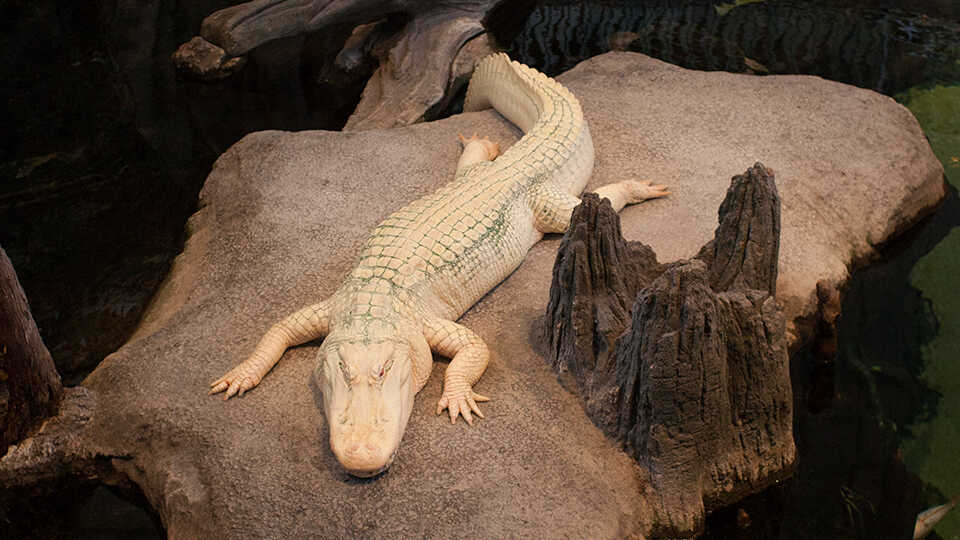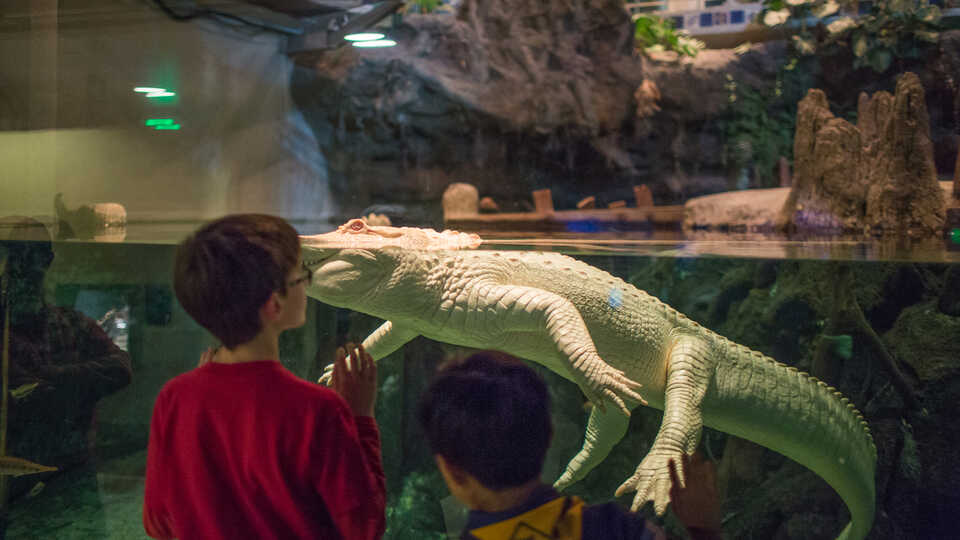With their eerie atmosphere and extra-large inhabitants, the swamps, bogs, marshes, and wetlands of the Southeastern United States capture the imagination like few other ecosystems can. Get acquainted with the incredible biodiversity of swamps through engaging videos, creature crafts, and more.
Please note: While Science @ Home activities are designed to be conducted by kids, some little ones might need adult help with reading instructions and preparing crafts.





